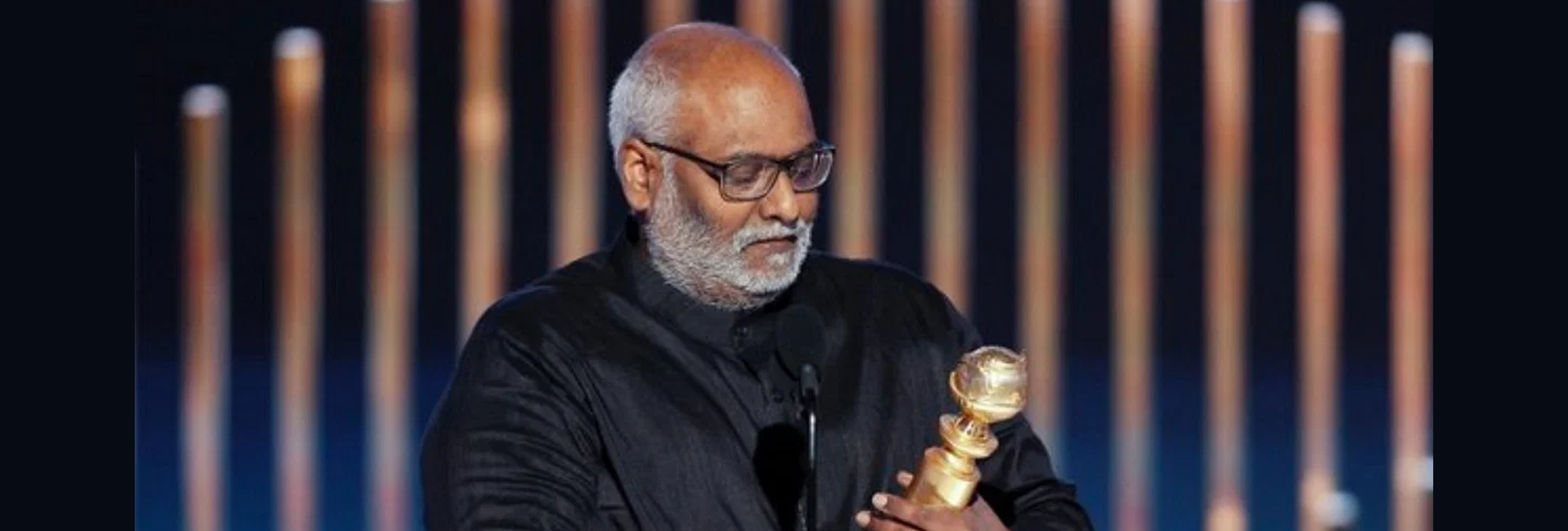(January 18, 2023) Janavi Mahimtura Folmsbee had a difficult childhood. Diagnosed with reading and writing dyslexia at a time when people hardly understood it — she was often teased and bullied by students, right up to the time she finished 10th grade. Even so, her exceptional talent for creative writing and an imagination that was always in hyperdrive managed to set her apart from the crowd and the first acknowledgement of her talent came at the age of 16, when a newspaper published a poem she wrote.
The sky is the limit
Now 35-years-old, Janavi has become the only Indian female artist and South Asian to be included in the Houston Airport System art collection, extending over two international and one private airport. Her work is an art installation on marine life. “The work directly touches on the conservational understanding of ‘one ocean’, something I believe in strongly. We are all connected through water and this installation attests to the inclusivity of all,” smiles Janavi, the Houston-based marine conservation artist, writer and scuba diver, speaking exclusively to Global Indian.
View this post on Instagram
She was selected out of 347 artists and authorised to curate the largest art installation out of the 10 art commissions awarded by the Houston airport system. Titled ‘Aquarius Art Tunnel’, it is a 240-feet immersive Art tunnel Installation, comprising two unique, 240 by 9 foot fine art murals. The hallway is covered with 700 yards of custom-designed sea anemone and abstract inspired carpet design.
“There are 15 unique lenticular works of art in the ceiling that have lighting components. A total of 116 custom handcrafted lighting fixtures of side lighting reflect light on quartz crystal pigment in the paint on the murals, 58 for each side of the tunnel,” explains Janavi.
The deep sea experience
There is also a sound component and an augmented reality experience through an Instagram filter, which is inspired by the Halichoeres burekae, the Mardi Gras Wrasse fish which can change its gender and colors. This fish was discovered in the Flower Garden Banks National Marine Sanctuary and till date can only be seen in this location.
“The Aquarius Art Tunnel is now the second possible location where you can experience what is like to dive under the waves with this species,” she points out. The project was commissioned by the Mayor’s Office of Cultural Affairs on behalf of the Houston Airport System for Houston through the city’s Civic Art Program and the Houston Arts Alliance.
View this post on Instagram
“There is world of colour that roars with vibrancy off the coast of Galveston out in our Gulf. I have captured this world with the use of my abstract and realism aesthetic to transform this tunnel into a space of what it feels like to be underwater in our very own National Marine Sanctuary off the Texas coast,” explains the artist.
The water-bearer
Janavi says the title Aquarius comes from the constellation. “The water bearer, as we are all connected through the night sky and constellations, is what inspired the conceptualization of the installation.” When the word is broken into three words the words “aqua” represents water. The letters “ri” inspire the hindi word “humari” which means “ours” and finally the last word is “us”.
“The artwork at the ends of the tunnel depict the mesophytic deeper zones of the reef and move to the shallower depths in the center of the tunnel, this is scientifically accurate to the species depicted in these zones,” says Janavi, who intricately painted the colorful complexities of these ecosystems upon the reefs and banks in the Northwestern Gulf of Mexico.
Audio elements included in the music mix include snaping shrimp recorded in this area and reef sounds provided by the National Oceanic and Atmospheric Administration, as well as scuba diving bubbles recorded on her diving excursions.
Early creative struggles
Born and raised in Mumbai, Janavi Mahimtura Folmsbee was brilliant when it came to solving difficult math problems and some other tough questions in school. Still, her teachers were puzzled by how she struggled with the simples of equations.
After school, once she would be done with multiple tutors, Janavi used to go home and find solace on the terrace of her Mumbai home in the evenings. “I would take deep breaths and gaze at the ocean across. The sound of waves and the ocean breeze lit a sense of wonder and peace in my mind and gave me the inspiration I grew up with,” says Janavi, who started making art when she was 12.

Janavi Mahimtura Folmsbee
She recalls those delightful evenings during the weekends when she would play the piano while her mother and grandmother sat nearby, listening to her. “My mother would often invite visitors to join. On some occasions, we had artists, editors of magazines, authors, photographers, architects, industrialists and other special dignitaries from Italy and Germany visit us,” she recalls, describing those experiences as an excellent explosion of culture.
Even her cousins from Germany often visited her every summer or Janavi would go spend time there for a while. “I grew up around my cousin Micha Afkham, who plays the Viola and now plays for the Berlin philharmonic,” says Janavi. Growing up, her vacations were mostly “sea oriented” as she used to regularly travel to Goa and Alibaug. She travelled to Lakshadweep as well.
Choosing art
The first acknowledgement of her talent came when she was 16 years old, when a poem she wrote was published by a newspaper. It gave her confidence, and as Janavi went on to study the International Baccalaureate program after school, she discovered geography as well as art. Around this time, in 11th grade, Janavi was not sure where she was heading. “My father wanted me to become a structural steel civil engineer. He wouldn’t let me apply to any art schools until I had an exhibition and proved myself to him and showed him that I could sell my artwork,” she informs.
Her first solo exhibition, when she was 16, was sold out. She then applied to three art schools and got admission into all of them. Janavi chose the School of the Art Institute of Chicago (SAIC) “I took up soft sculptural techniques and classes. Nick Cave was a guest professor to one of our classes,” says the marine conservation artist.
She worked in the wood shop for a few semesters and would help students weld metal and cut wood. “I learnt to make my educational experience as advantageous and pushing all comfort zones as necessary to make my art techniques what they are today,” says Janavi, who even took an entire semester in advanced lithography and etching techniques. She learnt the old techniques of making art on Limestone lithography plates.
View this post on Instagram
Janavi would spend days in the museum looking at the art and making appointments in the prints and drawings rooms and Ryerson library to see things like Toulouse Lautrec’s sketchbook and Mies Van Der Rohe’s journal. “SAIC taught me is that there is no limit to learning and that I am an interdisciplinary artist and there will always be new tools ready, so I keep exploring.”
The deep dive
“I love to dive and started doing so 14 years ago. It was the idea of bringing a voice to the plight of collars and the marine world that fired a spark in me. What began as a passion has now become my duty and calling,” smiles the scuba diver, who completed has 234 dives so far.
Along the way, some scientists inspired and educated her with their discoveries and gave her an understanding that served as an inspiration to create her artwork.
The artist has also created large sine art murals throughout Houston, which can be found on Google Earth too. Her public works include an important commission from the Red Cross Society in Mumbai.
In the pipeline
So what more is coming? “There are several projects in the pipeline. My focus is national and global this time,” says Janavi, who learnt about great philosophers like Descartes from her grandfather back in the day.
- Follow Janavi Mahimtura Folmsbee on Instagram



